Majestic, enigmatic, and powerful, big cats have long captured the human imagination. These remarkable animals are not only symbols of beauty and strength but are also integral to the ecosystems they inhabit. Among them, some big cats outlive their peers, enjoying longer journeys in the wild. In this article, we delve into the fascinating lives of five big cat species known for their extensive lifespans in their natural habitats. Join us as we explore these exceptional felines, revealing what contributes to their longevity and unearthing intriguing facts about their existence.
Amur Tigers: The Siberian Survivors
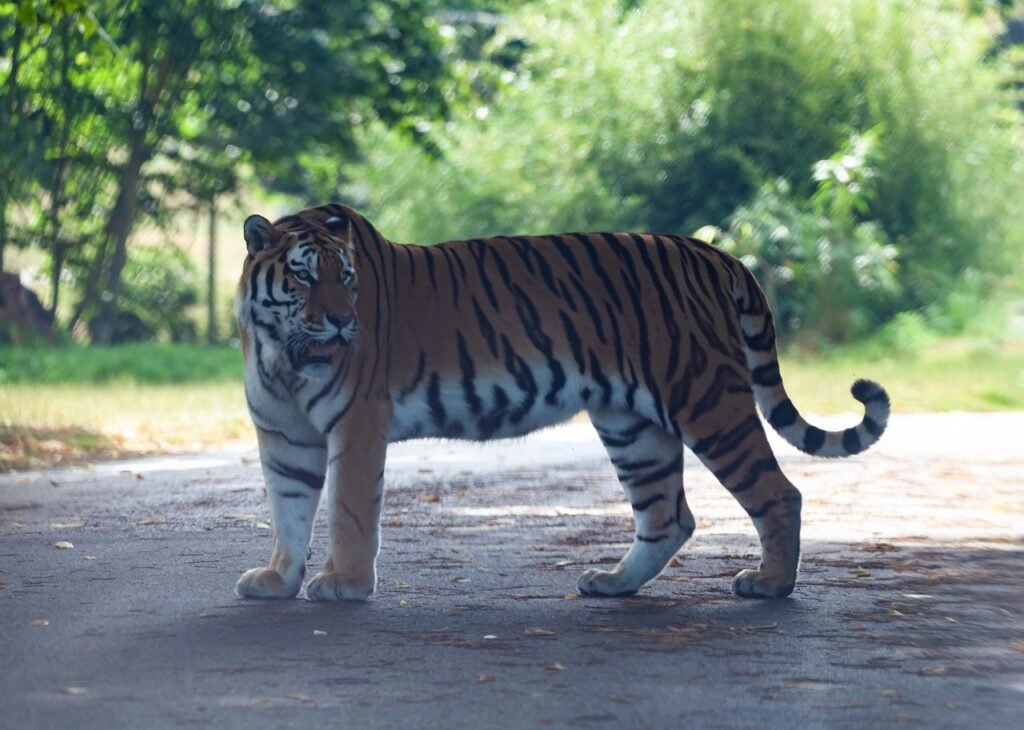
The Amur tiger, also known as the Siberian tiger, roams the vast forests of the Russian Far East, claiming the title of the largest living cat. These tigers are known for their impressive lifespans, often living up to 15 years in the wild, with some reaching up to 20 years. Their ability to thrive in harsh climates, coupled with their impressive hunting skills, contributes significantly to their longevity. Their thick fur and extra layers of fat also provide the insulation needed to endure freezing temperatures, aiding their survival in the challenging environment.
African Lions: Kings of the Savannah
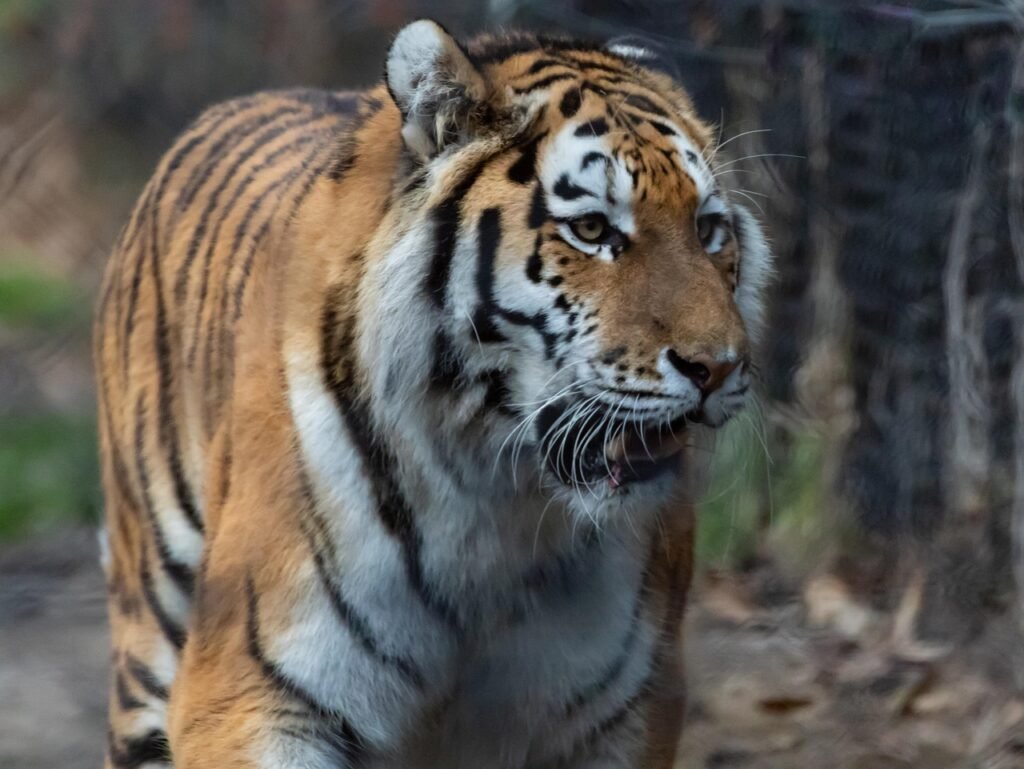
As iconic symbols of courage and nobility, African lions live in the savannahs and grasslands of sub-Saharan Africa. With lifespans reaching 14 years, these social cats stand out due to their unique pride dynamics. African lionesses are pivotal to the pride’s survival, coordinating cooperative hunts that ensure a steady food supply. The lions’ cooperative nature and strategic pack behavior can directly influence their longevity, with a well-fed and protected pride member likely to thrive for many years.
Snow Leopards: Ghosts of the Mountains
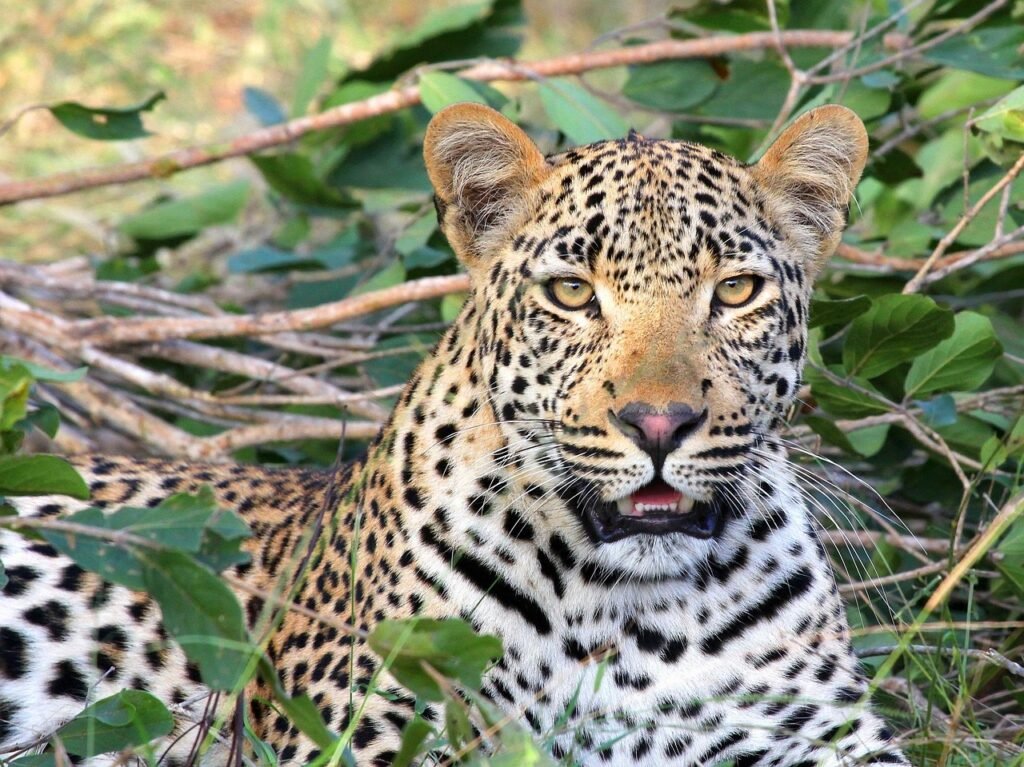
Often referred to as the “ghosts of the mountains” due to their elusive nature, snow leopards dwell in the harsh, mountainous regions of Central and South Asia. Known for their ability to thrive in extreme conditions, these cats can live up to 10-12 years in the wild. Their powerful build and long tails are perfect adaptations to their rugged environment, allowing them to navigate steep and icy terrains with remarkable agility. This exceptional adaptability is crucial to their survival, enabling them to pursue a wide range of prey in scarce alpine regions.
Jaguars: Mysterious Forest Dwellers
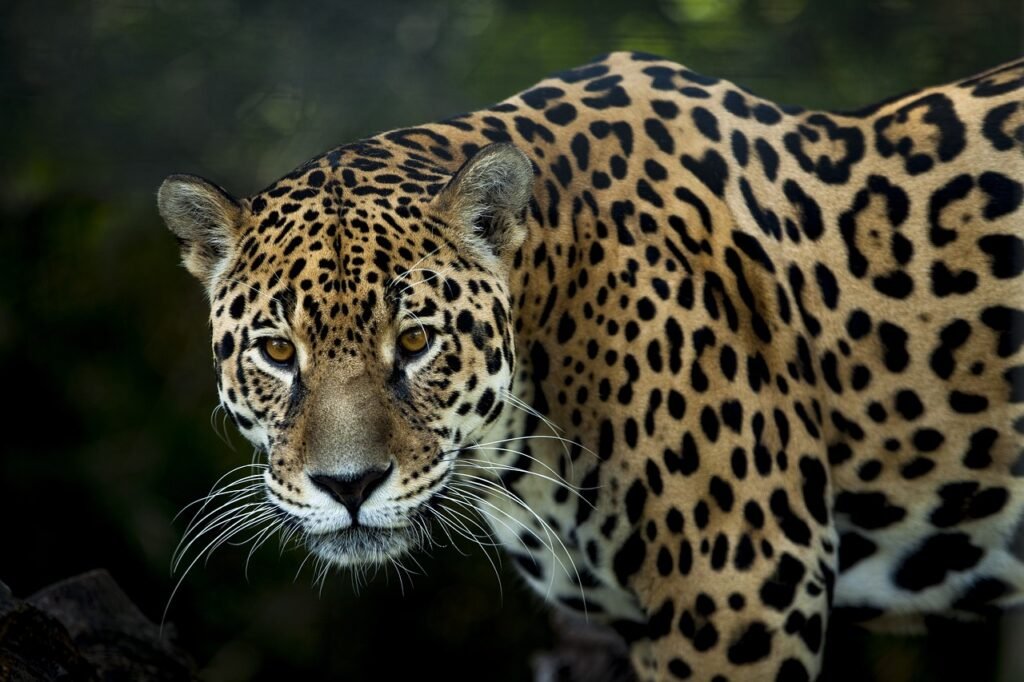
Jaguars, the largest cats native to the Americas, inhabit dense rainforests, swampland, and open terrains. Widely revered for their strength and solitary nature, these felines can live to be 12-15 years in the wild. Jaguars have a stocky build and powerful bite, which they use to take down diverse prey, including caimans and capybaras. Their solitary lifestyle, combined with a territorial behavior that limits competition for resources, contributes to their prolonged lifespans in natural habitats.
Cheetahs: Speed Demons with Staying Power
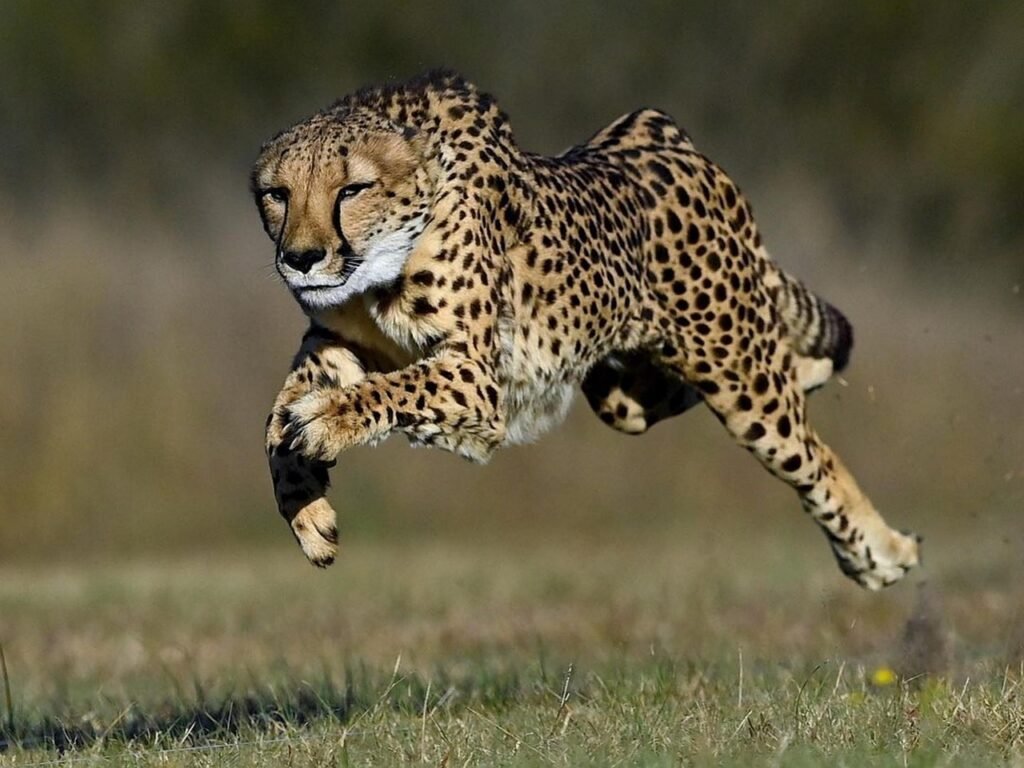
Cheetahs, famous for being the fastest animals on land, can reach speeds of 60-70 mph. Despite facing numerous challenges like habitat loss and competition from larger predators, cheetahs can live up to 10-12 years in the wild. Their incredible acceleration enables them to outrun most threats and capture agile prey. Furthermore, their unique respiratory and cardiovascular adaptations extend their endurance during high-speed chases, critical to their survival.
IN CONCLUSION: CHAMPIONS OF SURVIVAL
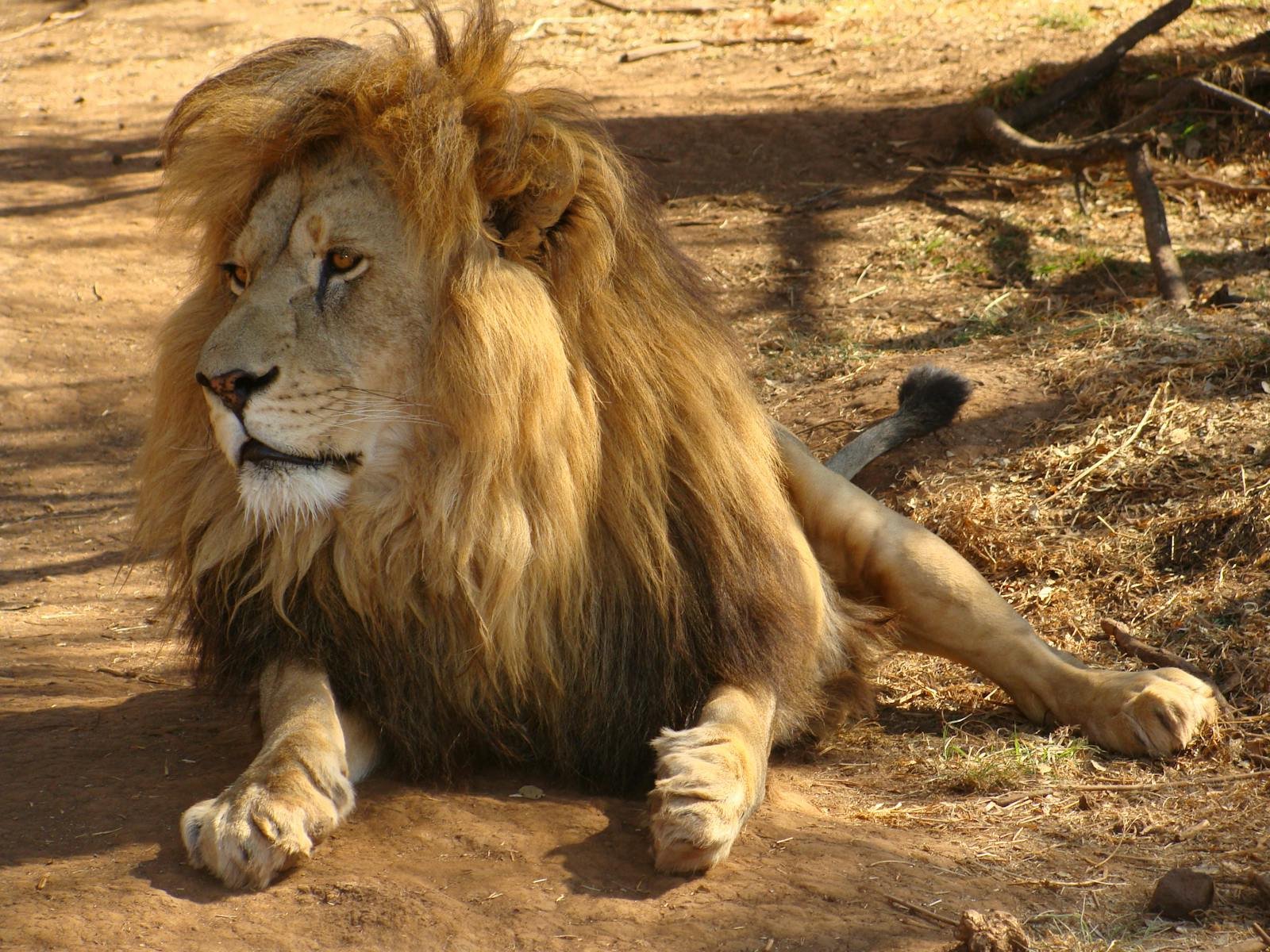
In the extraordinary world of big cats, these five species exemplify resilience, adaptability, and majesty. Through their unique adaptations to environments ranging from the icy Siberian forests to the expansive African savannahs, they illustrate nature’s brilliant tapestry. Understanding the factors that contribute to their longevity offers crucial insights into their conservation, reinforcing the need to protect these awe-inspiring creatures for future generations. As we continue to learn from these timeless tails, let us remain steadfast in our commitment to ensuring their survival in the wild terrains they call home.
Hi, I’m Bola, a passionate writer and creative strategist with a knack for crafting compelling content that educates, inspires, and connects. Over the years, I’ve honed my skills across various writing fields, including content creation, copywriting, online course development, and video scriptwriting.
When I’m not at my desk, you’ll find me exploring new ideas, reading books, or brainstorming creative ways to solve challenges. I believe that words have the power to transform, and I’m here to help you leverage that power for success.
Thanks for stopping by, Keep coming to this website to checkout new articles form me. You’d always love it!





